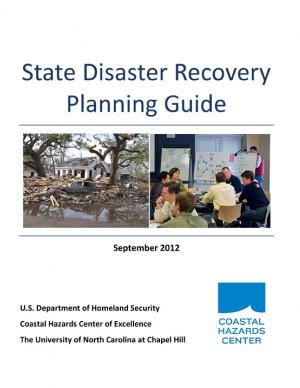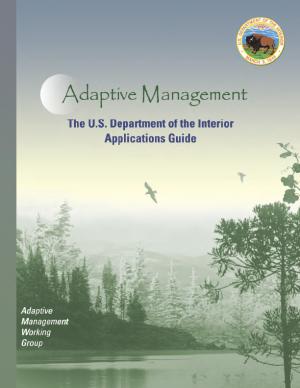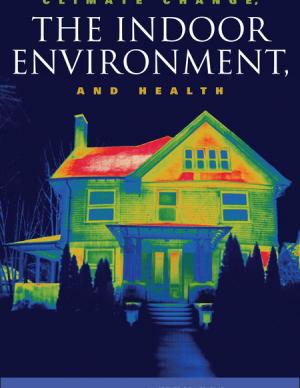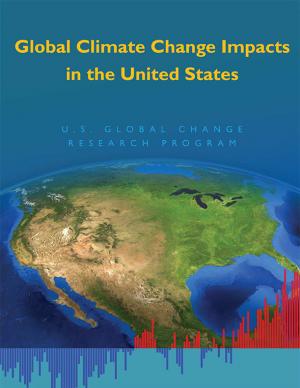Access a range of climate-related reports issued by government agencies and scientific organizations. Browse the reports listed below, or filter by scope, content, or focus in the boxes above. To expand your results, click the Clear Filters link.
The National Climate Assessment assesses the science of climate change and its impacts across the United States, now and throughout this century. It documents climate change-related impacts and responses for various sectors and regions, with the goal of better informing public and private decision making at all levels.
The assessment draws from a large body of scientific peer-reviewed research, technical input reports, and other publicly available sources; all sources meet the standards of the Information Quality Act. The report was extensively reviewed by the public and experts, including a panel of the National Academy of Sciences, the 13 federal agencies of the U.S. Global Change Research Program, and the Federal Committee on Environment, Natural Resources, and Sustainability.
This document was written for those tasked with the development, maintenance, and implementation of a state disaster recovery plan, and is intended to serve as an evaluative guidebook from which users can draw from widely accepted steps derived from planning processes and informative best practices adopted in other states. The guide can be used to assess where a state plan stacks up relative to emerging federal planning standards.
Adaptive management is a means of facilitating decision making and helping to resolve the uncertainties that hinder effective management. This applications guide builds on the framework of the DOI Adaptive Management Technical Guide (Williams et al. 2007), presenting case studies to show how adaptive management can be used for both management and learning. Focus is on practical applications in the areas of importance to DOI managers—climate change, water, energy, and human impacts on the landscape.
This report—written primarily for the EPA and other federal agencies, organizations, and researchers with interests in public health; the environment; building design, construction, and operation; and climate issues—addresses the impacts that climate change may have on the indoor environment and resulting health effects, finding that steps taken to mitigate climate change may cause or exacerbate harmful indoor environmental conditions. The report discusses the role the EPA should take in informing the public, health professionals, and those in the building industry about potential risks and what can be done to address them. The study also recommends that building codes account for climate change projections; that federal agencies join to develop or refine protocols and testing standards for evaluating emissions from materials, furnishings, and appliances used in buildings; and that building weatherization efforts include consideration of health effects.
In 2008, agricultural greenhouse gas sources accounted for about six percent of total U.S. greenhouse gas emissions. This report, known as the USDA GHG Inventory, was developed to provide a comprehensive assessment of the contribution of U.S. agriculture and forestry to greenhouse gas emissions and carbon sequestration, providing an in-depth look at greenhouse gas emissions and carbon sequestration at the state and regional scales.
This report is the Second National Climate Assessment, summarizing the science and impacts of climate change on the United States. The report discusses climate-related impacts for various societal and environmental sectors and regions across the nation. It is an authoritative scientific report written in plain language, with the goal of better informing public and private decision making at all levels.
Pages
- « first
- ‹ previous
- 1
- 2
- 3









